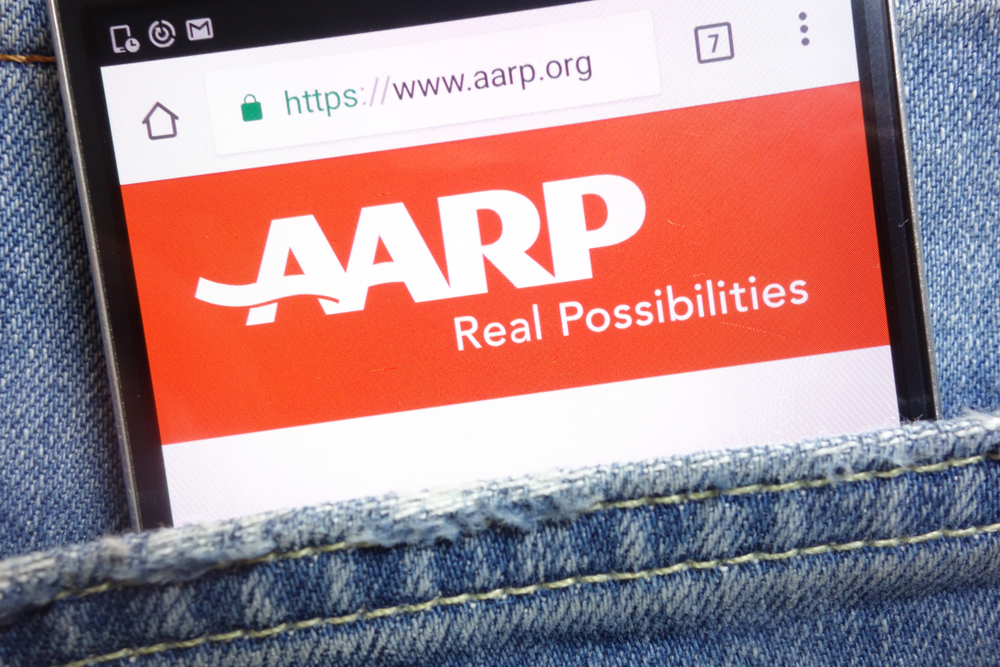Hong Kong market’s IPO reforms, effective this month, reshape how deals are priced and who gets access. For investors, this marks a pivotal shift in market integrity and allocation fairness. The impact is already visible. In this year’s first half, companies listing on Hong Kong Exchanges and Clearing Limited (HKEX) raised $14 billion (HK$109 billion). Mainland China battery manufacturer and technology company CATL’s $4.6 billion offering, the largest IPO worldwide so far this year, underscores investor appetite for Mainland Chinese listings.
For investors, the surge signals both opportunity and risk: Hong Kong has reasserted itself as the offshore gateway for Mainland Chinese firms, but with that dominance comes heavy exposure to its economy.
The scale of the rebound marks a sharp break from the last three years, when global tightening, weak sentiment, and geopolitical shocks kept Hong Kong’s equity market subdued. What changed in 2025 was a convergence of push factors inside Mainland China (deflation, tighter onshore rules, and slowing growth) with pull factors in Hong Kong (reforms and capital flexibility making the city the natural outlet). Together, these forces explain why Mainland Chinese firms have returned in such strength, and why the resurgence of Hong Kong’s exchange looks different from past cycles.
Figure 1. HKEX IPO Trends
Source: HKEX, SEC. Note: Minor differences in decimal values between charts resulted from FX conversion rounding.
A Market Reawakens: The Drivers Behind HKEX’s 2025 IPO Boom
After three years of market slowdown amid global monetary tightening and geopolitical fractures, the capital market of Hong Kong has witnessed a remarkable revival. The striking turnaround is driven predominantly by privately owned Mainland Chinese companies seeking offshore capital, which consists of 90% of the total fundraising. HKEX stands out as the top preferred listing venue for Mainland Chinese firms compared to its onshore counterparts.
Since Mainland China’s economic reform in the late 20th century, three onshore stock exchanges were established: first Shanghai, followed by Shenzhen, and then Beijing. Together, these exchanges became engines of capital formation, enabling state-owned enterprises (SOEs), private firms, and innovative startups to raise capital at scale, as Mainland China’s economy bloomed from the 1990s through the 2010s.
However, the political and economic nature of the Mainland China market, with capital controls and strict regulatory requirements, limits foreign access. These factors contributed to the attraction of HKEX as an offshore listing venue and a point of access for foreign investors to gain exposure to the Mainland China capital market.
Figure 2. Comparison between Greater China Exchanges
Source: ExpatInvestChina.
Hong Kong SAR, established under British rule and preserved after the 1997 handover under “One Country, Two Systems,” retains features that set it apart from mainland venues. This includes common law structure, global access, and free capital flows. These features continue to make HKEX the natural offshore gateway for Mainland Chinese firms.

Push Factors from China
Mainland China’s post-COVID slowdown, marked by deflation and property market challenges, has left private firms squeezed by price wars and shrinking margins. Without state backing, many have little choice but to seek foreign capital, a dynamic pushing listings to Hong Kong.
Mainland China is a policy-driven economy. In 2024, the China Securities Regulatory Commission (CSRC) tightened IPO approvals, especially for unprofitable or early-stage firms. As a result, onshore fundraising collapsed to $9.3 billion across 101 IPOs, down 83% year over year. In the first half of 2025, mainland exchanges raised only $4.7 billion, less than one-third of what companies listed on HKEX raised in the same period.
Pull Factors from Hong Kong
The fundamental attraction of HKEX over its onshore counterparts lies in its fully open nature, with its currency, the Hong Kong dollar, as a freely convertible currency pegged to the US dollar. The free flow of capital and convertibility into hard currency are essential for any company operating on a global scale. That is also true for early-stage investors and founding members of the privately owned firms considering exit strategies.
Hong Kong is regarded as a special administrative region by Mainland China, and the A+H listing model is highly encouraged. That is, dual listings where a mainland Chinese company has its shares traded on both a stock exchange in mainland China (A-shares) and Hong Kong’s exchange (H-shares). In this year’s first half, 21 out of 44 IPOs are A+H listings, an increase of 110% YoY.
HKEX Structural Reforms
Recent reforms have reshaped how companies come to market in Hong Kong and how investors can access them. The new Technology Enterprises Channel[1] provides a confidential fast track for specialist tech and biotech firms, sectors heavily backed in China. A+H listings[2] can now be approved in just 65 days, accelerating supply. At the same time, HKEX lowered its public float requirement from 15% to 10% and cut the retail allocation cap from 50% to 35%.
For investors, these changes mean two things: faster deal flow, but also less protection. Large Mainland Chinese issuers can now bring sizable offerings to market more quickly while retaining more control, which benefits institutional allocations at the expense of retail access. Reduced float and tighter retail caps may improve pricing efficiency in the short run, but they heighten concerns about liquidity and governance in the longer term. In short, access has improved for big investors, while risks for smaller investors have increased.
What it Means for Investors
For investors, Hong Kong’s IPO boom presents both opportunity and risk. On the upside, HKEX offers access to Mainland China’s most dynamic private companies. On the downside, the market is highly concentrated: roughly 80% of HKEX’s capitalization is tied to Mainland Chinese issuers, leaving investors exposed to changes in Chinese policy and geopolitical events. Persistent valuation discounts versus global peers raise further questions about long-term returns. The trade-off is clear: Hong Kong provides a gateway to Mainland China’s growth stories, but only for investors willing to accept concentration and volatility as the price of entry.
This is the first in a three-part series. Part II will explore how Hong Kong’s positioning stacks up against global exchanges, and what that means for long-term capital allocation; Part III will be an advocacy-focused joint piece with CFA Society Hong Kong, analyzing the recent reforms, IPO price discovery, and open market requirements.
ReferencesHong Kong’s IPO Boom Roars Back: Inside the $14 Billion First-Half Surge and What’s Driving ItHong Kong’s ECM Landscape in 1 2025
HKEX Posts Record Q1 Profit Amid Surge in IPOs and Trading Volume – Beijing Times
Chinese Mainland and HK IPO Markets 2025 mid-year – KPMG China
What China’s listing frenzy in Hong Kong means for investors | The Straits Times
China’s Belt and Road investment hits record highs in 2025, driven by energy, mining and tech sectors – Griffith News
PwC Hong Kong: PwC: 2025 poised to be the most active IPO market for Hong Kong in four years; fundraising expected to rank no.1 globally
Mainland China IPOs Drop in 2025 Amidst Regulatory Crackdown – News and Statistics – IndexBox
China Stock Exchanges Compared
[1] Technology Enterprises Channel (TECH): Launched in May 2025 jointly by HKEX and SFC, Technology Enterprises Channel (TECH), designed to support Specialist Technology Companies and Biotech Companies to streamline the IPO processes.
[2] Accelerated Timeframe for Eligible A-share Listed Companies: Announced on Oct 18, 2024 jointly by HKEX and SFC, Joint Statement on Enhanced Timeframe for New Listing Application Process





























